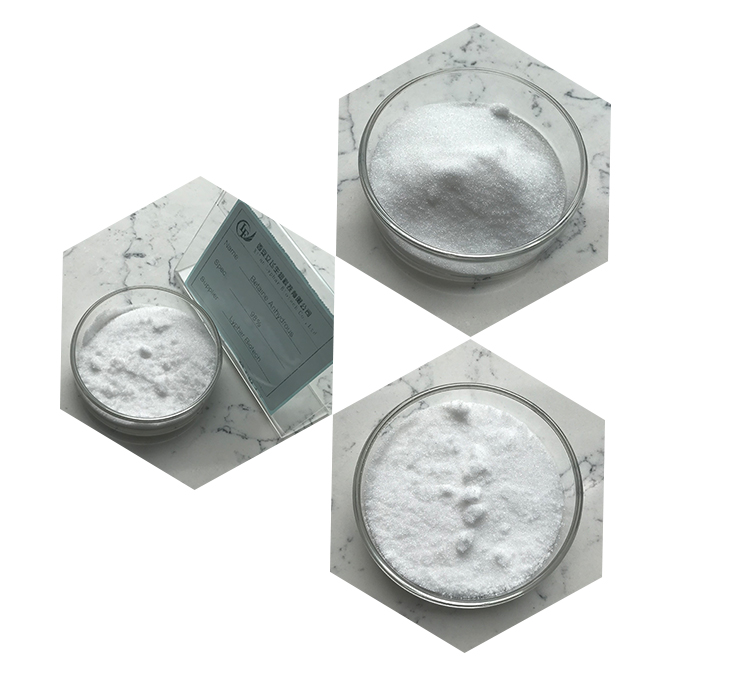Betaine is a naturally occurring compound classified as a quaternary ammonium compound. It has a structure where a central nitrogen atom is attached to four organic groups, making it permanently positively charged, but it is neutral overall due to the presence of a negatively charged group in its structure.
Here are some key classifications of betaine:
- Chemical Class:
- Quaternary Ammonium Compound: As mentioned, the nitrogen atom in betaine carries four organic groups, giving it its positive charge.
- Zwitterion: Betaine is a zwitterion, meaning it has both positive and negative charges within the same molecule but is overall neutral.

2. Biological Role:
- Osmoprotectant: Betaine helps cells adapt to osmotic stress by maintaining cell volume and fluid balance. This makes it an important molecule in organisms that experience dehydration or high salinity.
- Methyl Donor: In metabolism, betaine serves as a donor of methyl groups (–CH₃) in the conversion of homocysteine to methionine, playing a role in the regulation of homocysteine levels and supporting cardiovascular health.
3. Source and Occurrence:
- Natural Sources: Betaine is found in various foods, especially in beets, spinach, quinoa, and seafood. It is named after its discovery in sugar beets.
- Endogenous Production: The human body also produces betaine from choline, another nutrient.

4. Industrial Use:
- Additive: Betaine is used in cosmetics, personal care products, and animal feed due to its moisturizing and conditioning properties.
- Supplement: It is also available as a dietary supplement, often to support heart health and exercise performance.
In summary, betaine can be classified as a quaternary ammonium compound with biological and industrial significance, playing key roles as a methyl donor and osmoprotectant.
